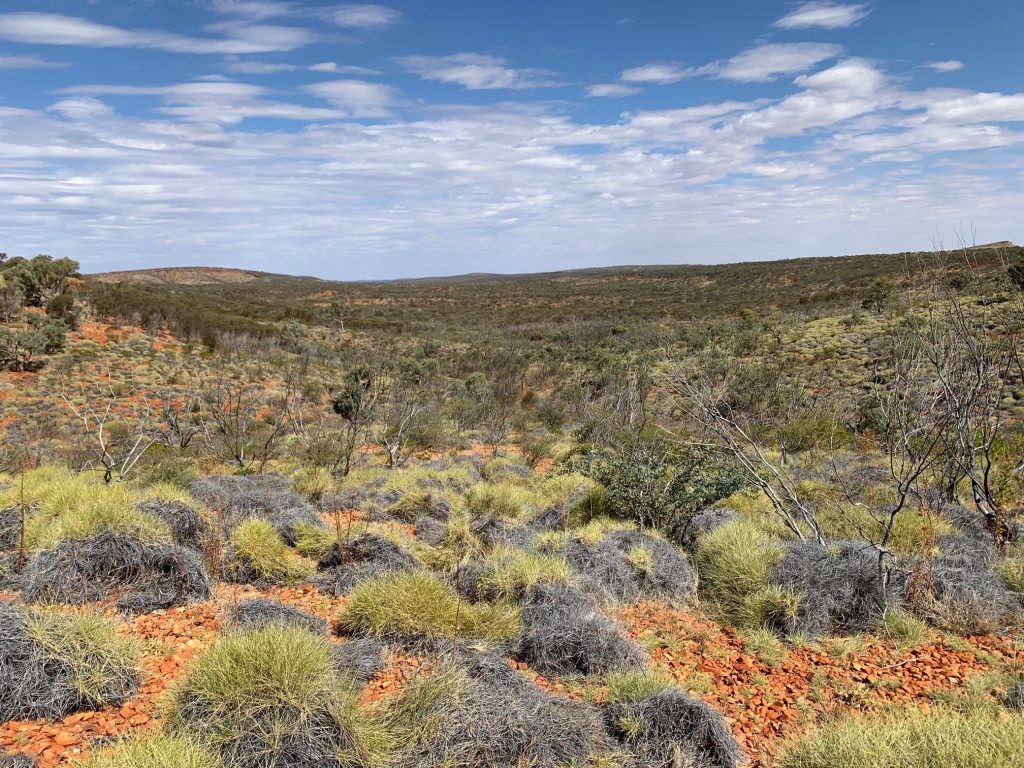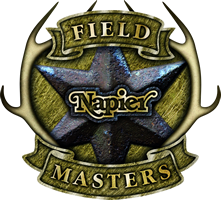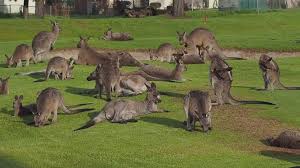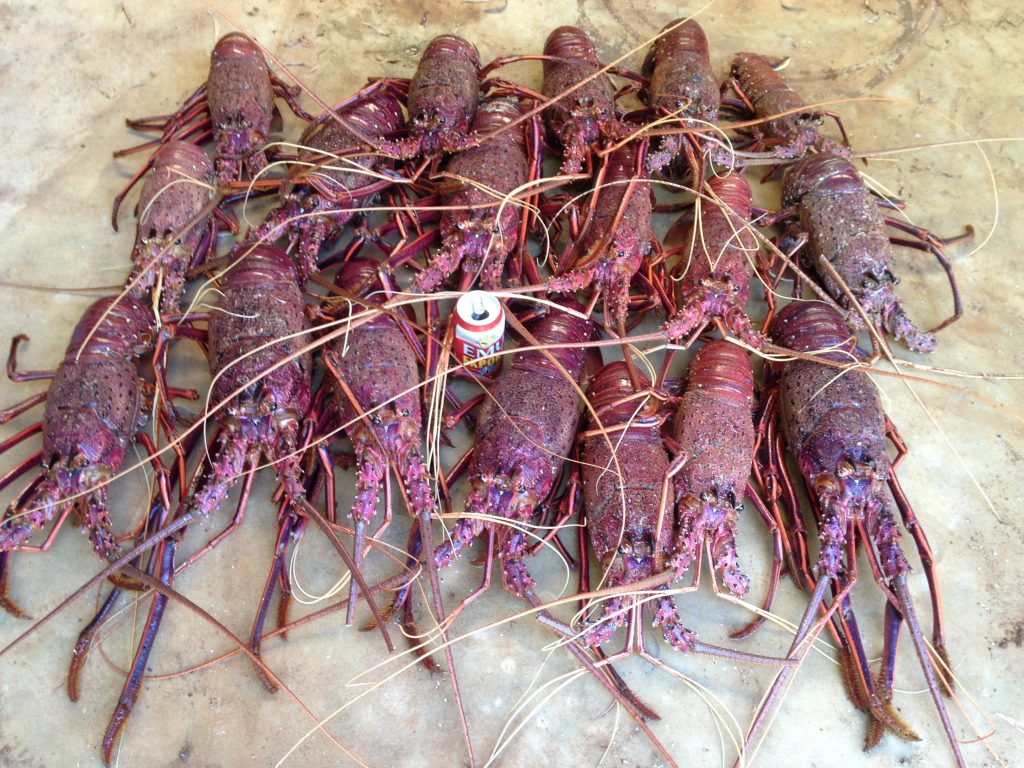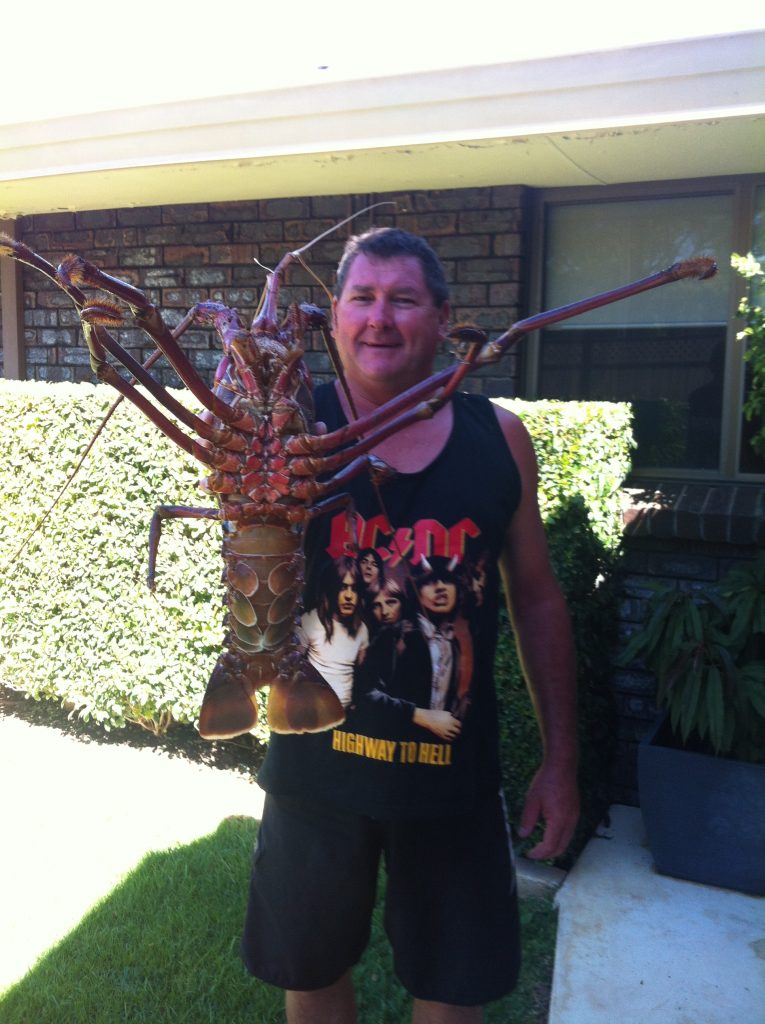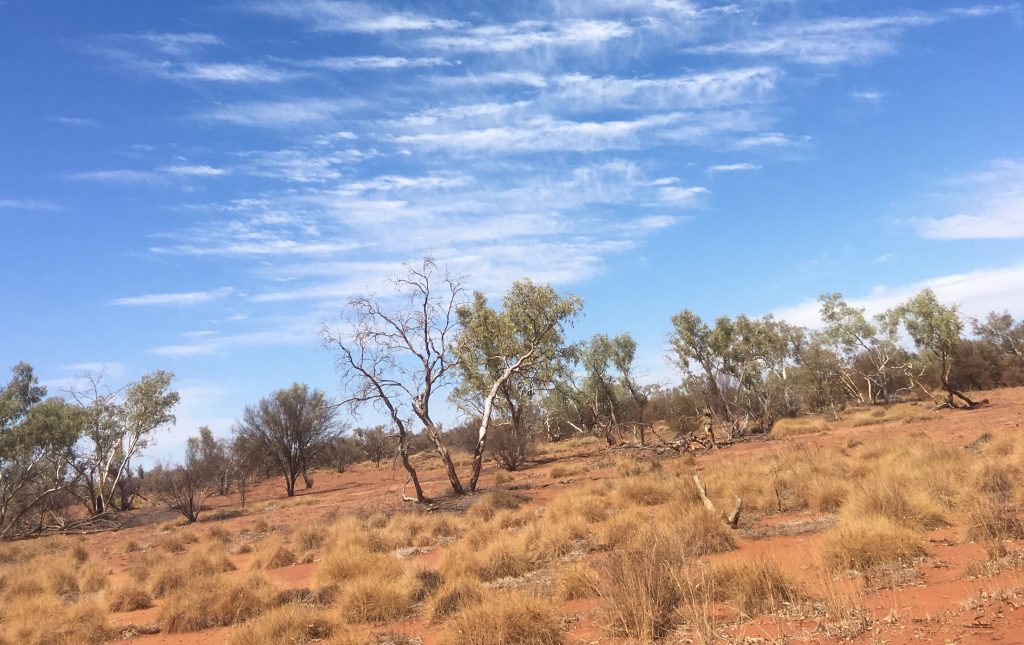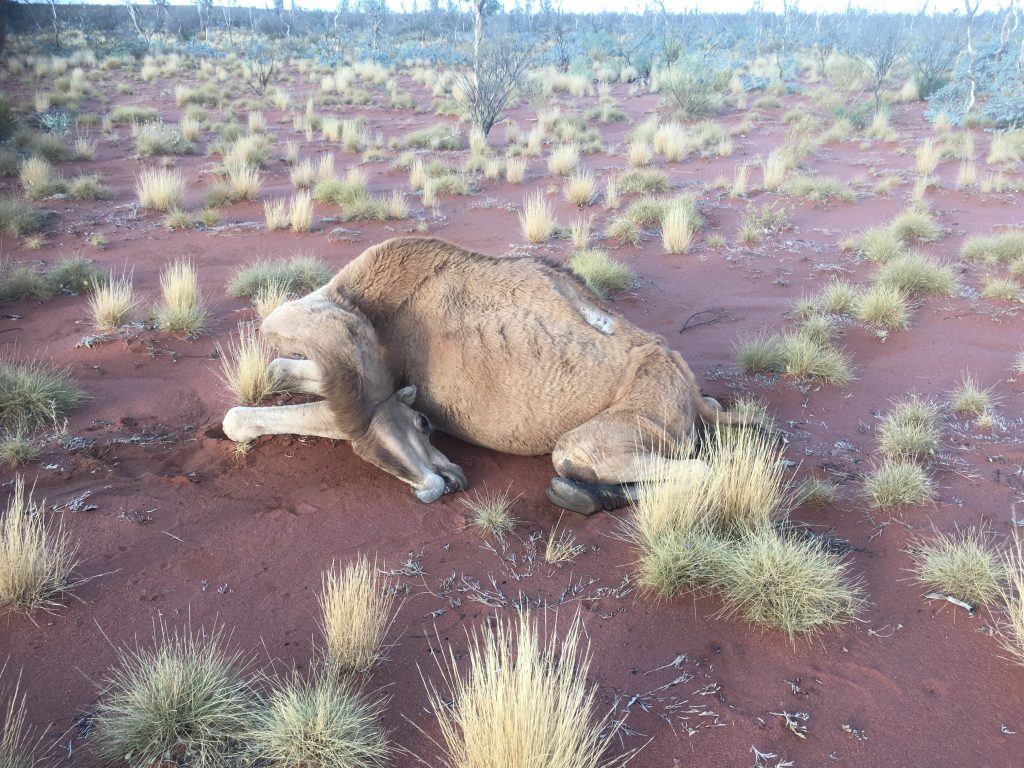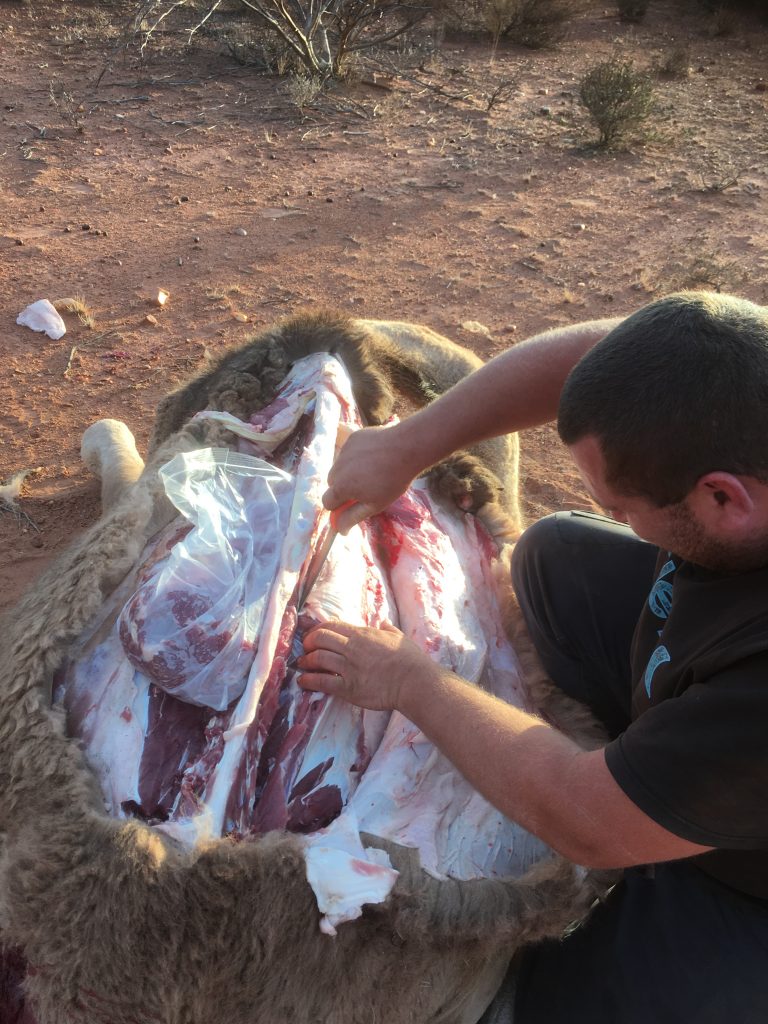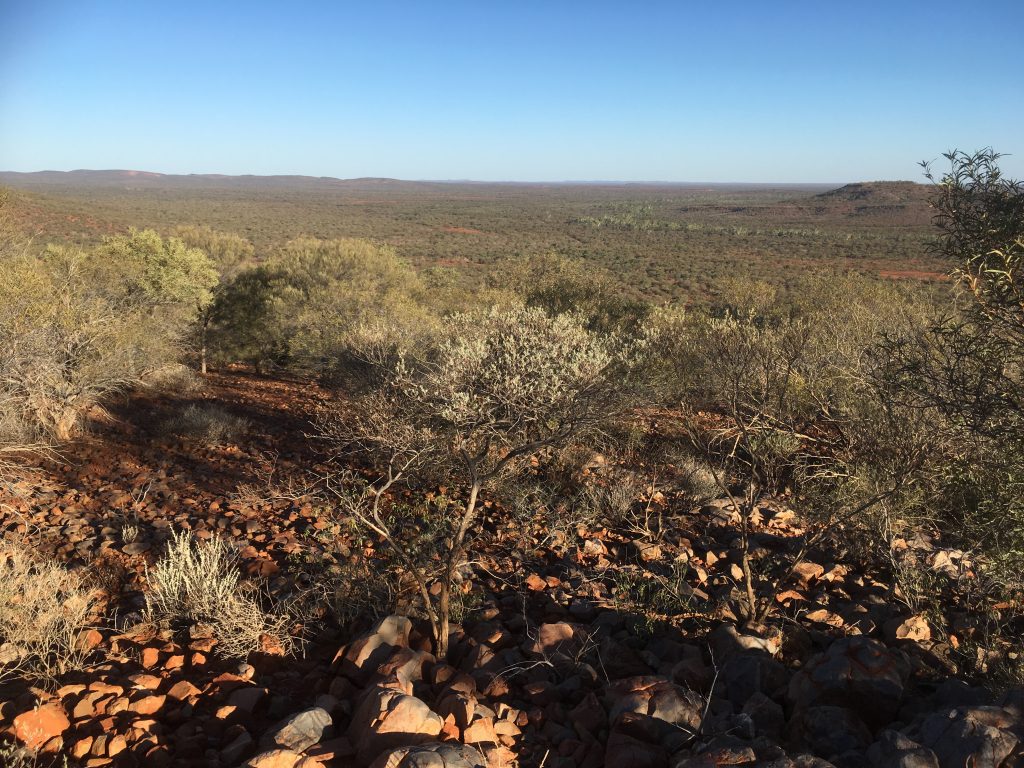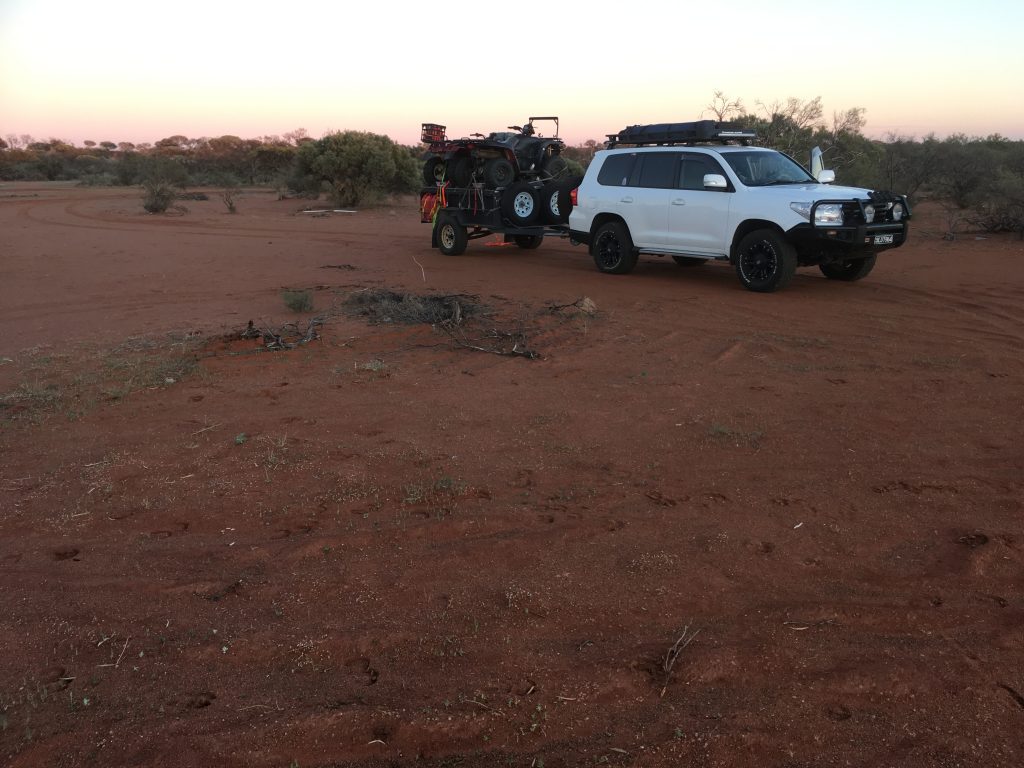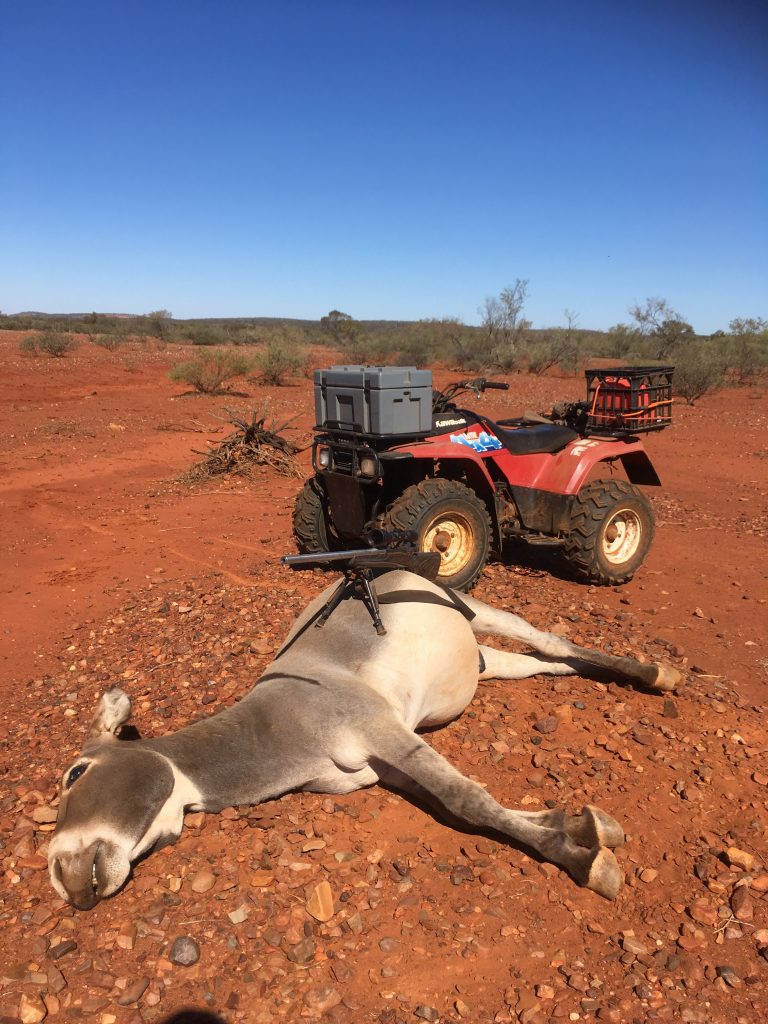I Have been helping a couple of cattle stations over the last decade keeping the feral donkey (Equus asinus) population in check. Feral donkeys were first brought to Australia in the 19th century as pack animals to replace horses, being more tolerant to some of the toxic native plants. In Western Australia in 1949, there were enough donkeys for them to officially be declared a pest. Now an estimate numbering 5 million plus feral donkeys are in Australia.
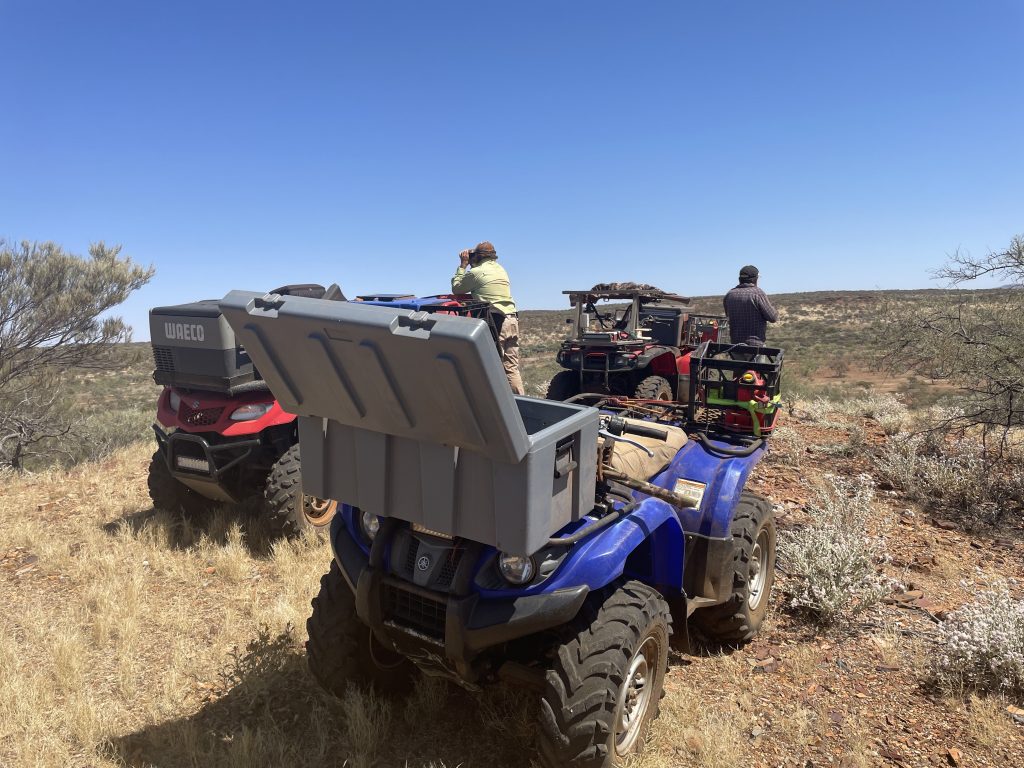
I love getting away into the more remote Cattle Station country so a call from one of these Stations was all it took to get packed up and on the road. We were asked to try and cull as many of the unwanted donkey’s as we could on 2 adjoining properties, a total of 1.5 million acres. The terrain as can be seen in the accompanying pictures is semi-arid and very rugged. A lot of our time is taken traversing rough terrain, as in most animals, they don’t tend to accumulate in easy to get to spots. We were daily doing 100+ kilometres on our quad bikes. These bikes are amazing and make going off road more practical and achievable.
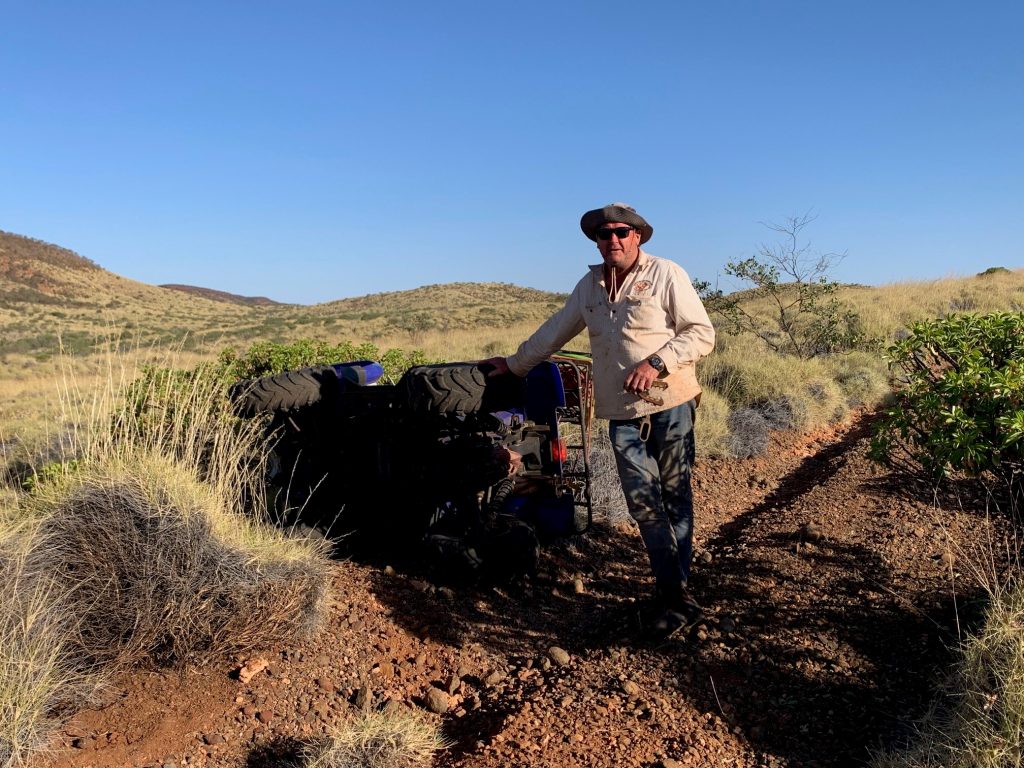
There was definitely no shortage of animals, and it always amazes me how well these animals survive but flourish in these conditions. If it wasn’t for the manmade watering points, I don’t think they would though, but then again, we wouldn’t have a cattle industry either.
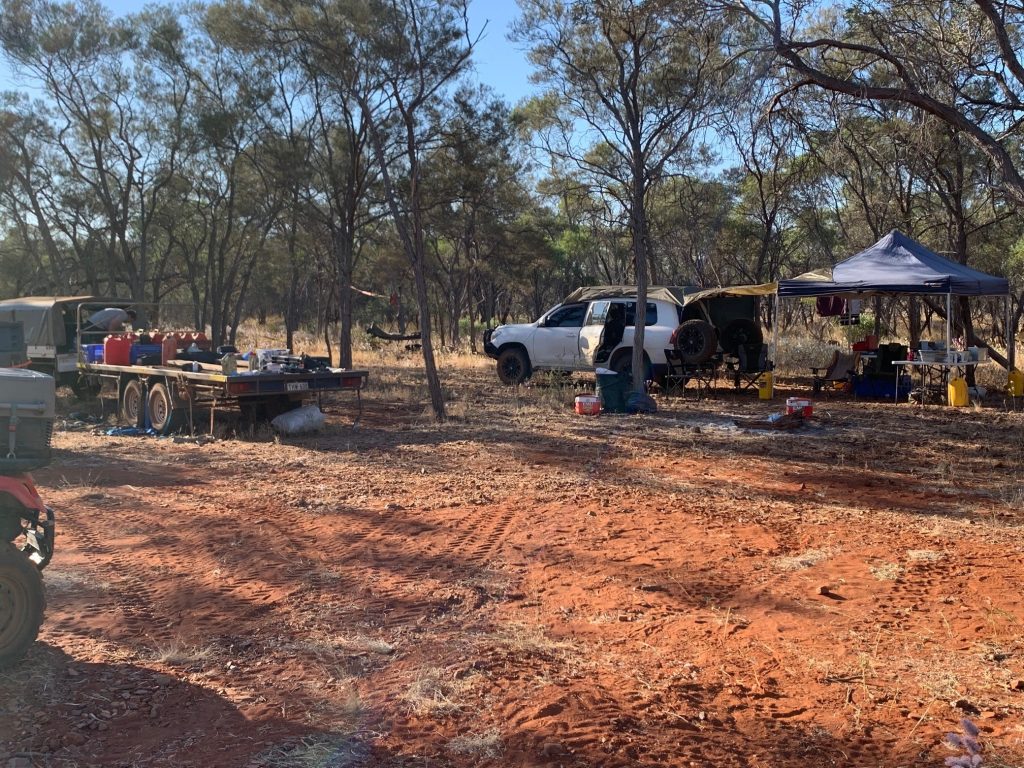
Some of the younger animals we take a few of the better cuts for a few curries or jerky etc. Taste similar to beef. Though we do have limited refrigeration. The Apex 46 Hunter knife is bloody brilliant, and I carry one with me on all these trips, not just for taking a few back straps but for all camping and situation you need a sturdy, strong and sharp knife. They are a great size so easy to carry but still large enough to do all chores.
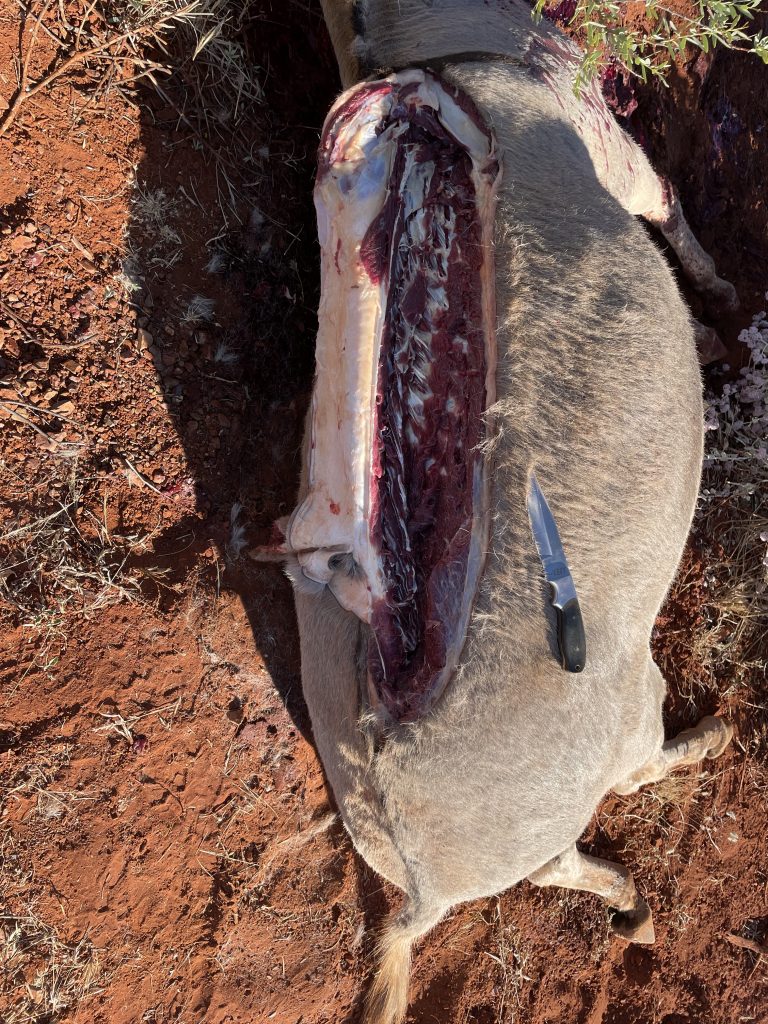
Donkeys are also trapped. This is using a watering trough inside a set of stock yards so any animal entering for a drink can’t walk back out. Ingenious.
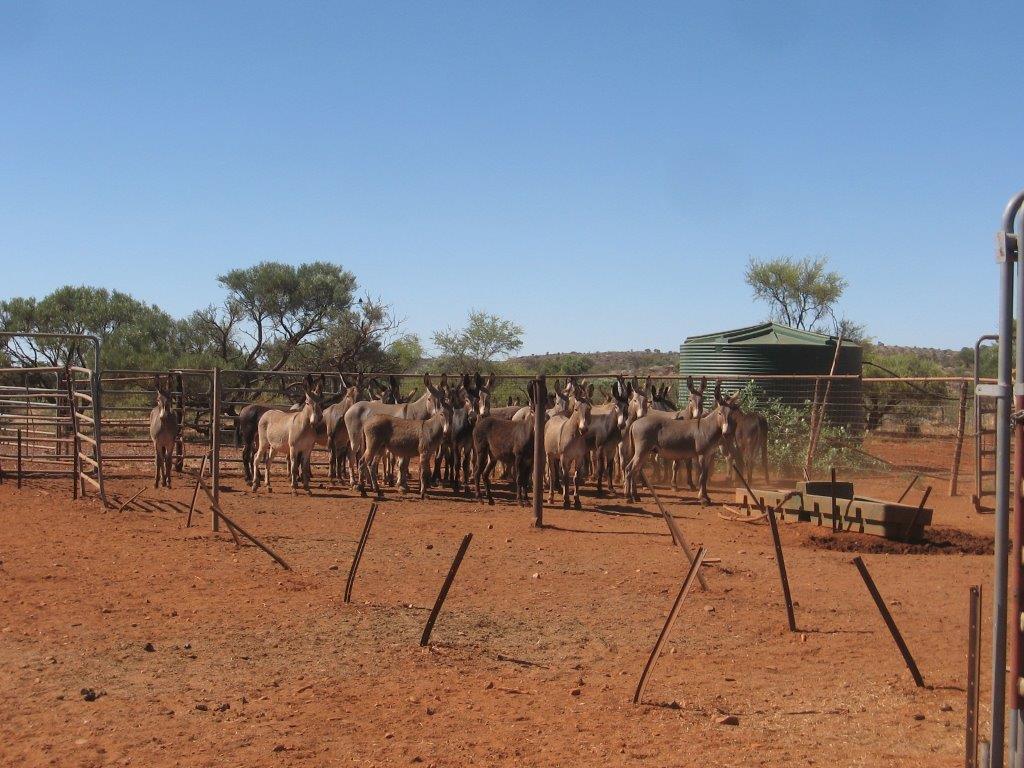
We had a great 8 days on the Station, weather was perfect being 30 to 35 degrees Celsius with no strong winds. Flies were friendly but you get that in Aussie land. Had some great meals from our bush kitchen and few cold refreshments in the evenings. Can’t wait to go again.
